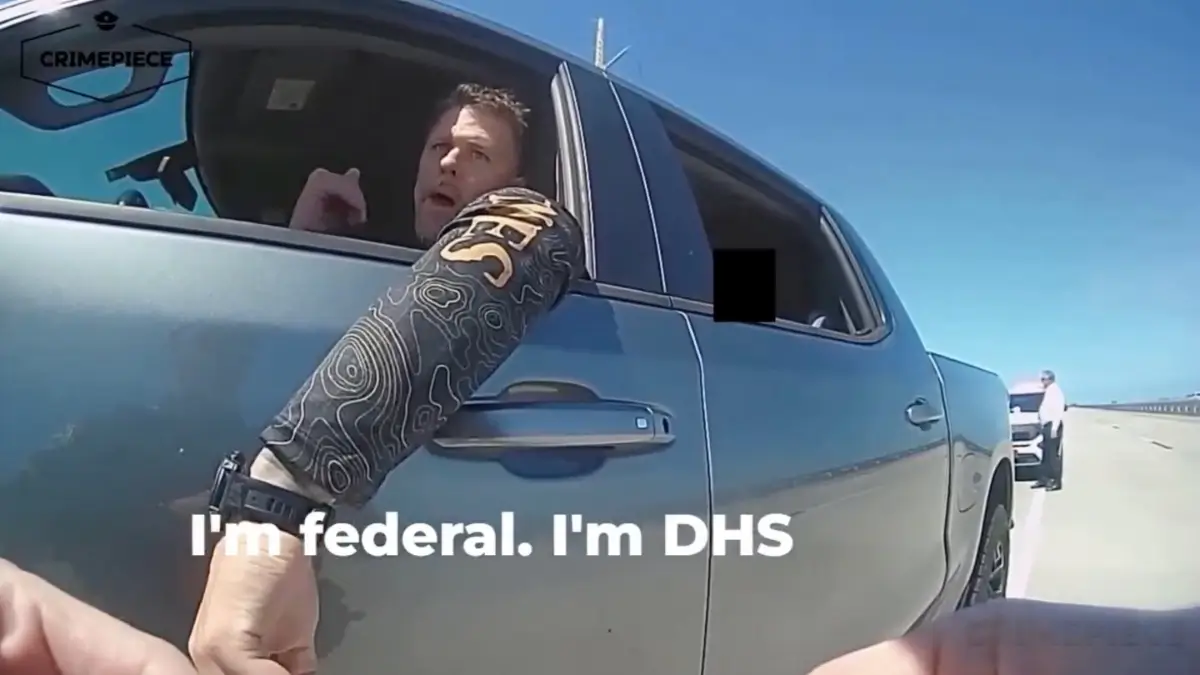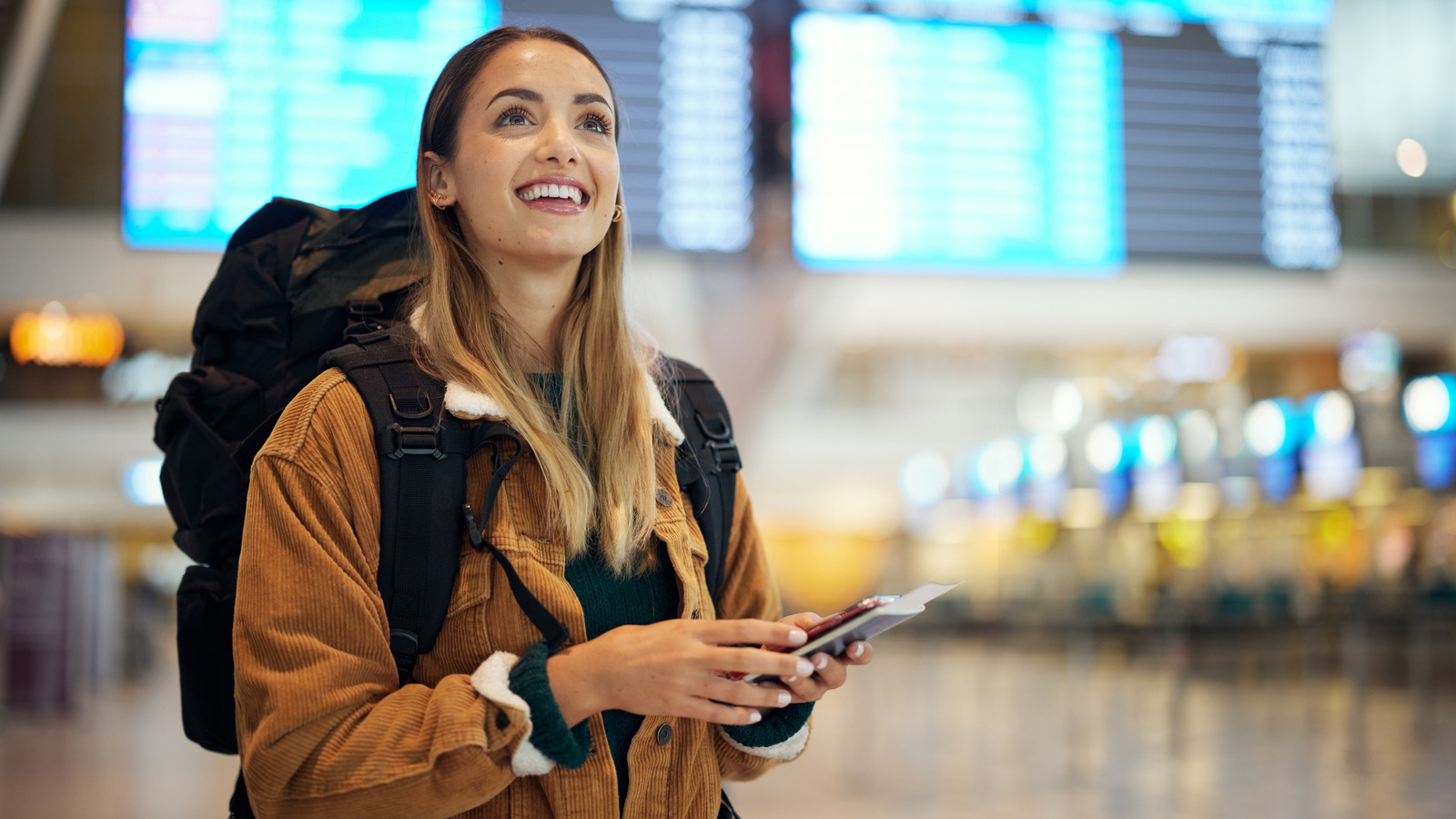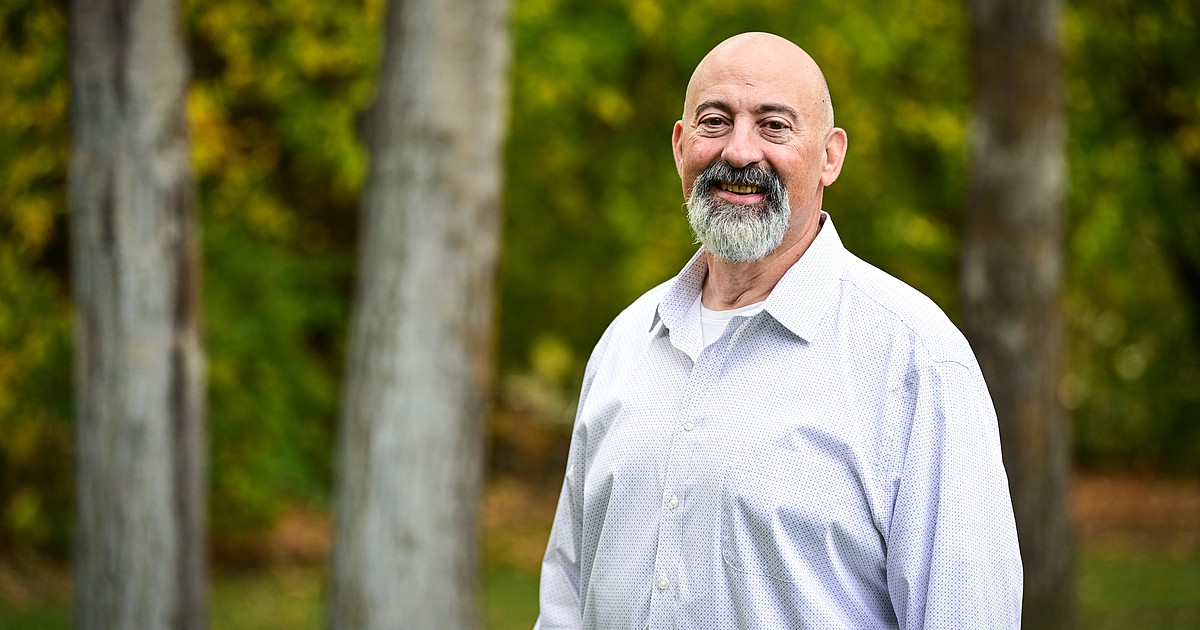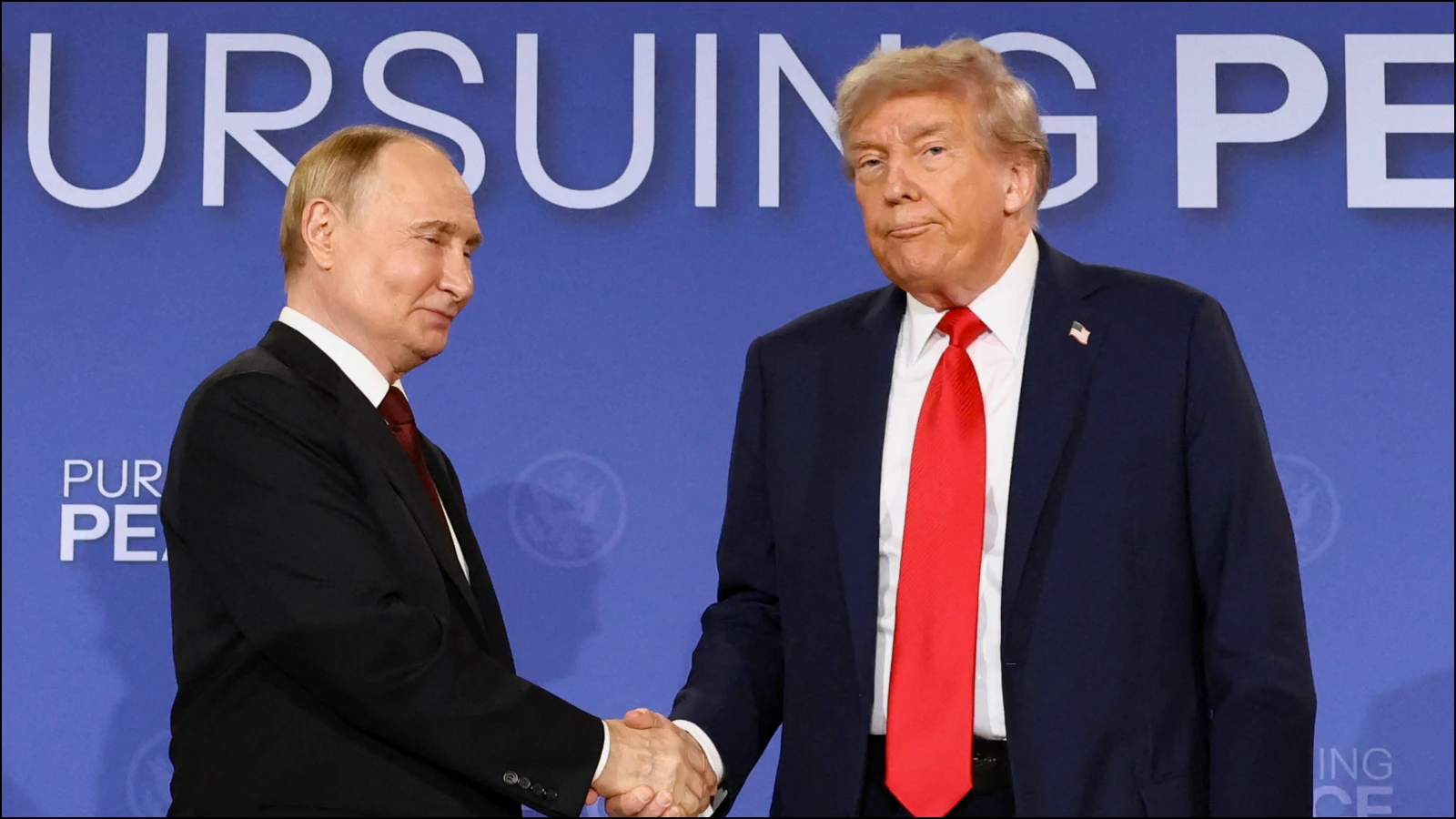Copyright forbes
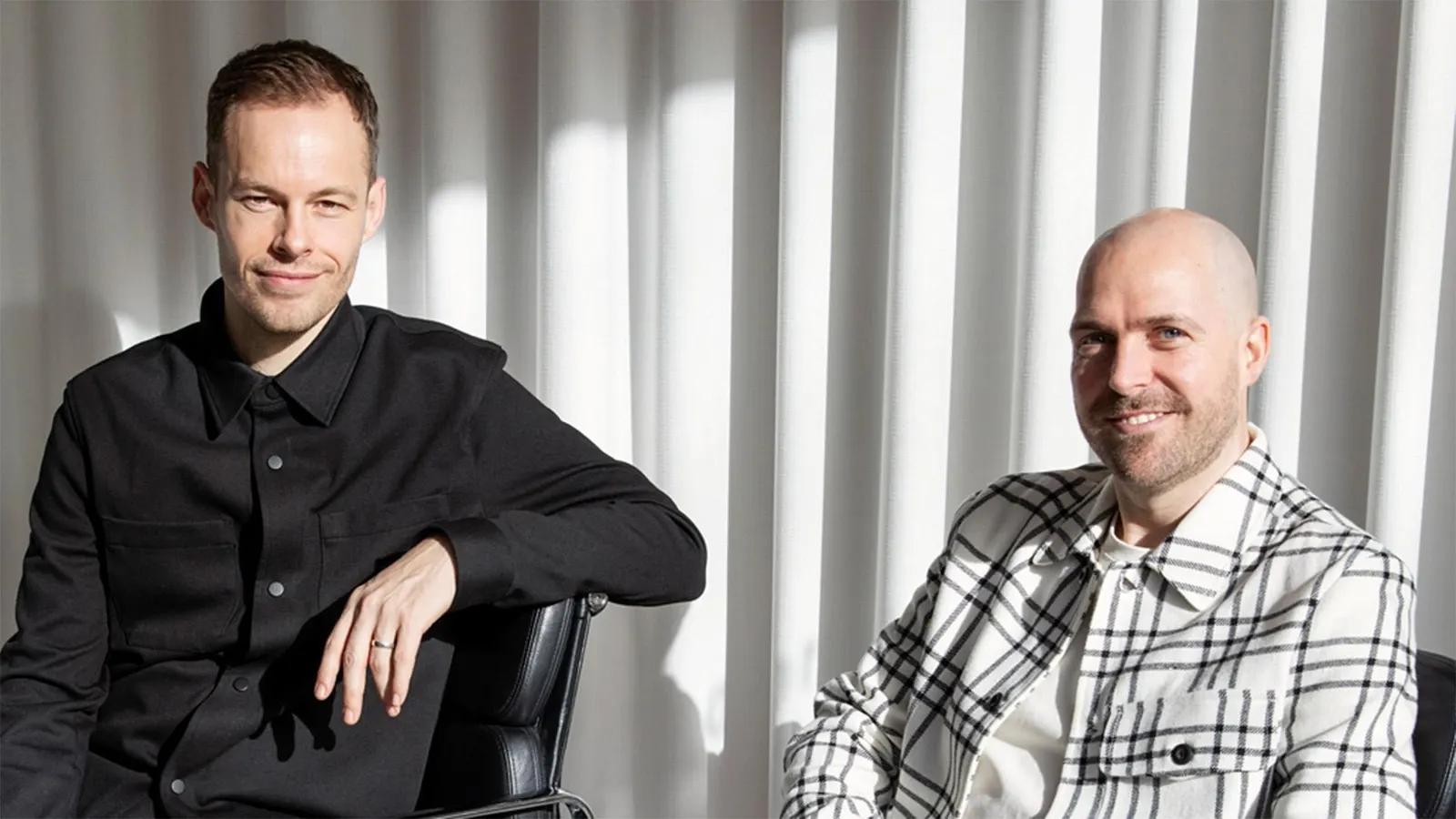
Maarten Bodewes and Dimitri O suffered hearing damage from years of attending loud concerts and wanted to help others avoid the same fate. Now their cult earplug company brings in $220 million, has collaborations with Coachella and McLaren, and has just come to a big box retailer. On his way back from lunch in New York City’s Financial District, Loop cofounder and CEO Dimitri O—yes, that is his full legal name—spots a handful of passersby wearing his brand’s stylish earplugs. Across town, his cofounder, Maarten Bodewes, finds himself similarly distracted watching visitors at the Museum of Modern Art. If the duo made their way out of Manhattan that night, they might have spotted more Loop customers wearing a potpourri of colors and styles at a Brooklyn nightclub. None of this comes as a surprise to the two entrepreneurs, who brought in around $220 million in revenue last year for their Belgium-based startup—almost half from sales in the United States. Since its founding in in Antwerp in 2016, Loop has become a best-selling, highly imitated earplug brand, racking up collaborations from Coachella to McLaren to Swarovski. When Bodewes and O, childhood friends who bonded over a mutual love of music festivals and motorcycles, began suffering from tinnitus in their late twenties, they found a gap in the market for affordable but stylish earplugs. A pair of Loop earplugs, which look like sleek earbuds, cost between $24 and $64, are made for three different settings—loud events, focusing and a quiet night’s sleep—similar to the way Apple’s AirPods allow users to toggle among transparent, adaptive and noise-cancelling. Loop initially caught on with concertgoers, but its current success lies in its marketing to English-speaking countries and a pandemic-induced decision five years ago to “reposition the brand from ‘protecting your ears in style’ to ‘your life, your volume’,” says O. Loop was sold almost exclusively direct-to-consumer until this month, when the brand launched in 600 Target stores in the United States. The brick-and-mortar expansion comes after years of building a strong online strategy. Loop will spend more than $80 million on advertising in 2025 or about 35% of its total revenue from the year before. Despite the extravagant marketing spend, Loop is profitable because its earplugs don’t cost very much to make or ship. Those online ads target a variety of consumers from noise-sensitive commuters to light sleepers. Though O and Bodewes, both 40, grew up speaking French and Dutch, you won’t find Loop marketing in those languages. Intentionally focusing on English-speaking regions has paid off. This year, Coachella approached the brand to create custom earplugs for the annual California music festival, meanwhile British Formula 1 star Lando Norris, the lead driver for McLaren, is at the center of Loop’s ad campaigns. Belgium makes up less than 2% of revenue, with most of Loop’s sales (after the U.S.) coming from the United Kingdom, Canada and Australia, in that order. “We’ve sold 19 million pairs of Loops to date, and in the beginning, we always said, ‘What percent of Belgium is that?’,” Bodewes says. “We have 11 million people in Belgium. So right now, we need to get another benchmark to measure ourselves against.” Bodewes and O met when they were 13, growing up outside of Brussels, and went on to respectively study commercial and civil engineering, with O later founding an energy startup and Bodewes taking a job at Microsoft. A decade or more of extreme noise exposure from partying was starting to take its toll on the duo. “For me, personally, there is a buzzing sound in the back of my mind that’s constantly there,” O says. “Silence does not exist for me anymore.” “We started experiencing that hearing damage, but we still wanted to go out, ride motorcycles and stuff like that,” he continues. “Hearing protection was the answer.” Well Paired: Loop has done earplug collaborations with McLaren, Swarovski and the Tomorrowland EDM festival. After trying existing earplugs—ranging from cheap foam to premium individually molded models costing hundreds of dollars—they concluded that there wasn’t a comfortable, inexpensive option that “maybe most importantly, looks great as well,” says O. So in 2015, they set out to make earplugs tailored to nightlife use. Each put in about $40,000 to develop the product. They used 3D printers to test different iterations and tried a combination of filters to dampen and modify sound waves. The following year, they were accepted into a Brussels-based accelerator, quit their day jobs and spent the next two years fine-tuning Loop before seeking funding to scale the business. By mid-2018, the pair had raised around $60,000 from friends and family. They sold 4,500 pairs by the end of that year. “Everyone was saying, ‘Investing in earplugs, are you nuts? It’s not exciting, it’s a boring category’,” O recalls. In 2019, Loop ramped up production and had roughly $1 million in sales after moving from 3D printing (which is useful for making prototypes fast and cheap, but difficult to scale) to mass production in a Belgian lab using injection molding. A few months into 2020, sales came to a near halt with the Covid-19 lockdowns. “In a few weeks we saw revenue decline by 80%,” O recalls. At the time, Loop was selling its products online and in stores like CVS, with about 50% of revenue coming from retail sales. “In that moment,” O says, “we made two important decisions.” The first was to look for ways they could adapt their earplugs to fit adjacent markets. “What we saw is that a lot of people didn’t use our products for protection, but for comfort,” O explains, “comfort that they get through control over noise.” The second decision was to go completely direct-to-consumer. Although retail sales boosted revenue significantly in 2019, that didn’t matter once the pandemic hit. There was another benefit from focusing on direct sales: More and better feedback from consumers, which was easier to acquire from online sales and social media reviews. In July 2020 Loop received $1 million from Belgian investment firm Akiles to help the company make the direct-to-consumer transition and, a few months later, came out with its second product made for deeper focus, travel and sleep. Loop ended the year with $1.2 million in revenue. “From then on, things started to go really, really fast for us,” O says. The business became profitable in 2021 and ended the year with $13 million in revenue after focusing on scaling up through influencer marketing and majorly cutting down shipping costs by making the Loop packages small enough to fit in a letter box. The following year, Loop signed its first big partnership, creating custom models for the Belgian EDM festival Tomorrowland—an event O and Bodewes had frequented for years. “Having [Tomorrowland] partner with us, not just as a vendor, but actually telling people that their party becomes better if you use these products was an extremely powerful message,” O says. In 2022, Loop released its third product—one designed to make conversation easier in noisy areas—and ended the year with $47 million in revenue. It nearly tripled that number the following year after launching the Switch, a product that allows users to move between the different modes. O says Loop’s positioning in the market has been crucial to accelerating growth. While there are plenty of cheap knockoff earplugs on Amazon (where 50% of Loop’s sales come from), these other products are hardly breaking through. Loop’s performance in 2025 reveals as much: soon after Coachella approached the company to make a desert-inspired collection for the summer music festival, O and Bodewes—who each own 40% of the company—had their pick of Formula 1 teams to partner with. “We were deliberate about selecting McLaren—it’s not a coincidence,” O says of the reigning world champion team. “If you look at Lando Norris, for example, he’s also a party boy, so when he wears these products, it comes across authentic.” With the wind finally at their backs, O and Bodewes are finally ready to move into big-box retailers. “The brand has grown to a size where omnichannel again makes a lot of sense,” says O. Their newest collaboration with Swarovski, for the jewelry company’s 130-year anniversary, is a stainless-steel pair of Experience Loops embellished with several sizes of Swarovski crystals ($120). Bodewes says the ultimate goal is to make wearing Loops “as natural as wearing sunglasses when the noise is a little bit too much.” Meanwhile, Bodewes and O still make going to Tomorrowland a yearly ritual, but these days the two usually work a few shifts selling Loops at their booth. The Tomorrowland x Loop set is a black iridescent color resembling an oil spill. But when the two cofounders look around, they see hundreds of pairs brought from home in shades of blue, green, silver and of course gold. More from Forbes ForbesTeens And Tweens Are Obsessed With This Skincare Brand For Babies—Now It Brings In $100 Million A YearBy Simone MelvinForbesHow YoungLA Pumped Up Its Activewear Startup To $176 Million In SalesBy Simone MelvinForbesHow These French Founders Built A Warby Parker Competitor That’s Even More AffordableBy Simone Melvin Got a tip? Share confidential information with Forbes. Editorial StandardsReprints & Permissions
